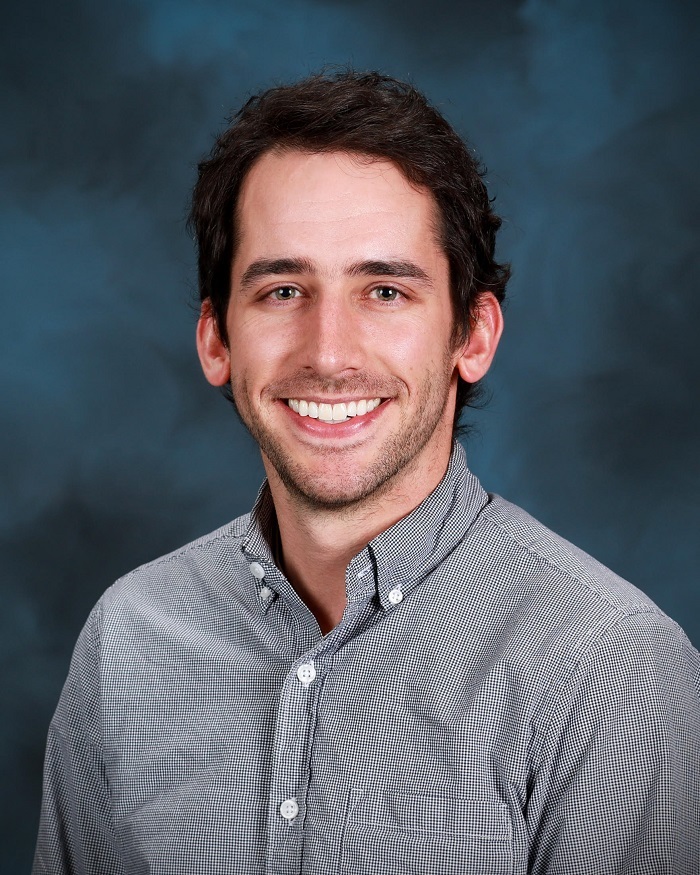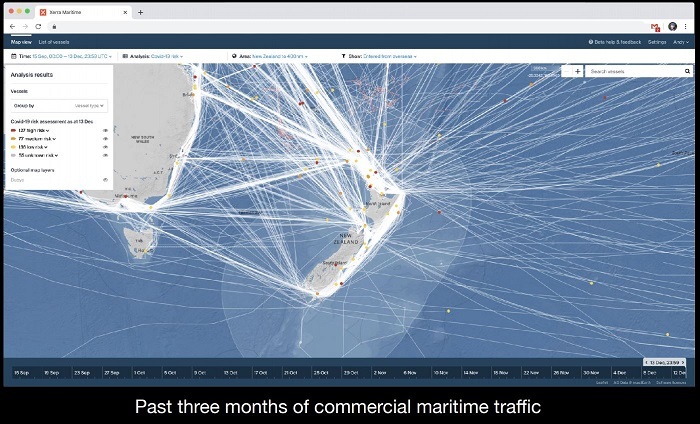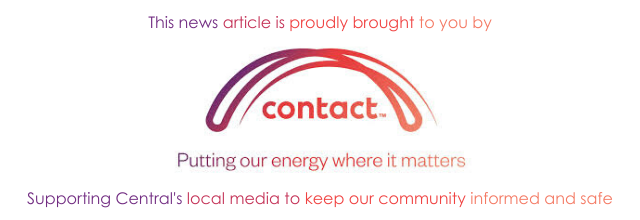Alexandra-based organisation strengthening maritime border protection
Rowan Schindler
15 December 2020, 9:00 PM
 New funding for risk assessment tools awarded to Xerra, which is working to strengthen New Zealand’s COVID-19 maritime border protection. Pictured: COVID-19 risk is assessed for each vessel arriving in Aotearoa New Zealand from an overseas port and delivered daily to end-users
New funding for risk assessment tools awarded to Xerra, which is working to strengthen New Zealand’s COVID-19 maritime border protection. Pictured: COVID-19 risk is assessed for each vessel arriving in Aotearoa New Zealand from an overseas port and delivered daily to end-usersAlexandra-based Xerra Earth Observation Institute has been awarded $850,000 through the Ministry of Business, Innovation and Employment’s (MBIE’s) COVID-19 Innovation Acceleration Fund (CIAF) to support the pandemic response in Aotearoa New Zealand and the Pacific Islands.
A statement to the media said the funding is being used to accelerate the delivery of two maritime border protection tools in their Starboard Maritime Intelligence platform.
Xerra conducts research in the areas of Earth observation (EO) and remote sensing and builds software products designed to tackle complex problems best solved through the application of satellite data.
“The COVID-19 pandemic has changed many facets of our lives in Aotearoa New Zealand,” a Xerra spokesperson said.
“Although we have enjoyed relative freedom in recent months, maintaining vigilance at our maritime borders whilst minimising disruptions to trade is a challenging endeavour.”
The first of these tools is based on an epidemiological model that looks at which ports a vessel has visited and the local COVID-19 infection rates for the day the vessel was in port.
Using these inputs, the mathematical model predicts possible contagion scenarios, such as the risk of a vessel having infected crew on board.
This work is being led by Xerra’s principal scientist, Dr Dave Kelbe, in collaboration with epidemiologists Professor Nick Wilson and Professor Michael Baker from the University of Otago, who have recently done work estimating the risk of outbreaks of COVID-19 associated with shore leave by merchant ship crews.

Xerra Earth Observation Institute’s principal scientist Dr Dave Kelbe.
Currently, all arriving vessels, and their crew, are treated as high risk, regardless of the vessel’s travel history, time at sea and origin of the crew on board, in order to mitigate the risk of COVID-19 entering through the maritime border.
“The government’s approach to managing the maritime border is very cautious, which helps give confidence to their elimination strategy,” Nick said.
“In the future, a ‘traffic light’ approach would allow for a more nuanced approach, where the relative COVID-19 risk of each vessel and its crew is assessed upon arrival, so we can adjust our control measures to suit.
“To move to this state, it will be of great help to have real-time, automated risk analysis like this to inform decision-making at our ports.”
Xerra’s Dr Dave Kelbe said the CIAF funding has helped accelerate the research and development for Starboard, enabling the team to build this new capability to quickly meet the needs of government, with the next step being to add crew exchange information to the model.
“We are honoured to be working alongside leading epidemiologists and building relationships with key officials at the Ministry of Health and Customs New Zealand, with hopes that our work will support their extraordinary efforts to secure our maritime borders from cases of COVID-19,” Dave said.
“We look forward to learning more about how the model and the functionality in Starboard can benefit these agencies at an operational level.”

Past three months of commercial maritime traffic: Starboard displays the past three months of commercial maritime traffic, showing vessels arriving from all over the world, but many from Australia, Singapore, and further afield.
Starboard is a software platform that provides insights on global maritime activity for government and geospatial intelligence analysts.
“It helps teams tackle critical environmental and societal challenges—from the detection of illegal fishing to assessing vessels for COVID-19 and biosecurity threats.”
Xerra will also be using the CIAF funding to conduct new research and development into detecting the unannounced arrival of non-reporting small vessels, or pleasure craft, travelling between the Pacific Islands and Aotearoa New Zealand.
Traditionally it has been difficult to know how many of these vessels are arriving, when they are expected to arrive, and what their first port of call will be.
Xerra is developing algorithms and using various types of satellite data to predict and detect the location of these vessels and their likely arrival time and location so that our border officials can take appropriate measures.
Xerra’s tools can help protect Aotearoa New Zealand and Pacific Island nations from COVID-19 outbreaks arising from the maritime border, including the protection of front-line staff and their whānau.
The COVID-19 automated risk assessment capability is available through Xerra’s Starboard platform, which is currently in beta trials with users from various government agencies and non-governmental organisations from Aotearoa New Zealand and the wider Pacific region.
Images courtesy Xerra Earth Observation Institute.

